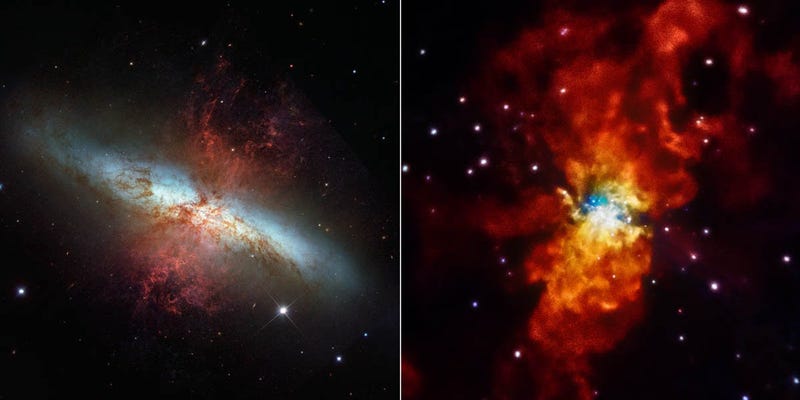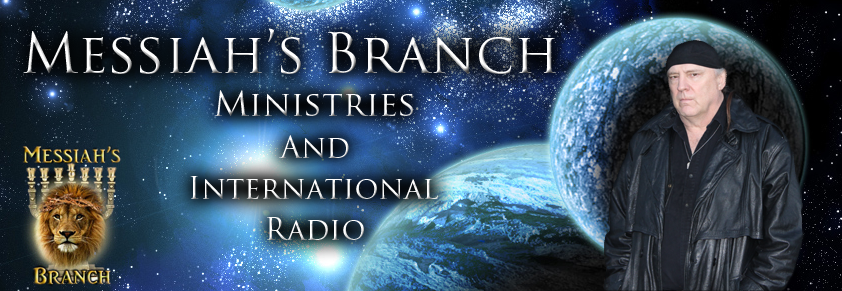Scientists have been left baffled by a mysterious celestial object so bright that physics dictates it should have exploded.
NASA has been tracking so-called ultraluminous X-ray sources, objects that can be 10 million times as bright as the sun, to understand how they work.
These objects are impossible in theory because they break the Eddington limit, a rule of astrophysics that dictates an object can be only so bright before it breaks apart.
A new study categorically confirms that M82 X-2, a ULX 12 million light-years away, is as bright as previous observation suggested.

The principle behind Arthur Eddington's rule is simple. Brightness on this scale comes only from material — like stardust of remnants of disintegrating planets — that falls inward toward a massive object, such as a black hole or a dead star.
As it's pulled by the object's intense gravity, the material heats up and radiates light. The more matter that falls toward the object, the brighter it is. But there's a catch.
At a certain point, so much matter is being pulled in that the radiation it's emitting should be able to overwhelm the power of the gravity from the massive object. That means at some point, the radiation from the matter should push it away, and it should stop falling in.
